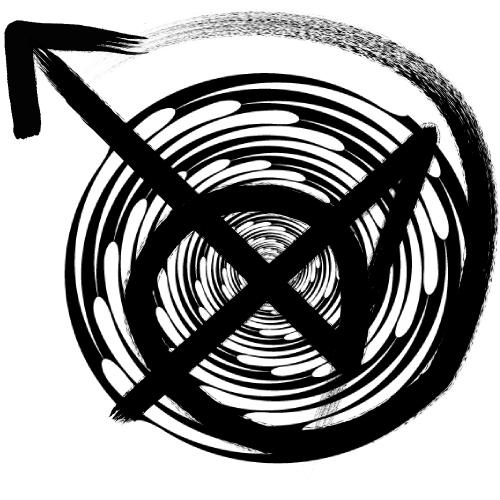As Syrian rebels advanced on Damascus [12] in a surprise lightning offensive, the Rojava Kurds seized territory [13] from the Bashar Assad regime, and the Druze took up arms [14] in their own region. After years of the lines in the conflict being frozen and the genocidal [15] Assad dictatorship being "normalized [16]," on Dec. 8 the unthinkable happened and the dictator fled [17]. Suddenly the 13-year aim of the Syrian Revolution has been realized—the fall of the regime [18]. But the lead rebel faction, Hayat Tahrir al-Sham (HTS [19]), has an ugly past [20], its partner the Syrian National Army (SNA [19]) is in the political orbit of Turkish aspiring dictator Recep Tayyip Erdoğan, and the threat of Arab-Kurdish ethnic war [19] in northern Syria looms closer. Amid a conflict now dominated by armed actors, can the unarmed civil resistance [21] that began the revolution [22] 13 years ago re-assert itself, and revive the secular-democratic spirit [23] of 2011? In Episode 255 [24] of the CounterVortex podcast [25], Bill Weinberg takes a hard look.
Listen on SoundCloud [24] or via Patreon [26].
We ask listeners to donate just $1 per weekly podcast ($5 per month) via Patreon [26]—or $2 per podcast ($10 per month) to become a Supporter under our special offer [30], or $5 per podcast ($25 per month) to become a Major Rant Enabler. We now have 69 subscribers. If you appreciate our work, please become Number 70!



